SEMESTER 2 | 2023
MASTER OF ARCHITECTURE
BACHELOR OF ARCHITECTURAL DESIGN ARCHITECTURE
DESIGN ELECTIVES
BALLOTING POSTERS
ARCHITECTURE
DESIGN ELECTIVES
COMPRISE A SUITE OF VERTICALLY INTEGRATED COURSES OFFERED ACROSS THE BACHELOR OF ARCHITECTURAL DESIGN AND THE MASTER OF ARCHITECTURE PROGRAMS.
ARCHITECTURE DESIGN ELECTIVES
DRAW ON KEY AREAS OF ARCHITECTURE HISTORY AND THEORY, COMMUNICATIONS, TECHNOLOGY, AND DESIGN, AND FROM INTERDISCIPLINARY COMBINATIONS WITH THE MASTER OF URBAN DESIGN AS WELL AS DESIGN PROJECTS OFFERED ACROSS THE SCHOOL OF ARCHITECTURE AND URBAN DESIGN PROGRAMS.
THE EMPHASIS OF THE ELECTIVES ARE THE APPLICATION AND SYNTHESIS OF NEW SKILLS IN THE DEVELOPMENT OF YOUR PRACTICE AND KNOWLEDGE OF ARCHITECTURE.
ARCHITECTURE DESIGN
ELECTIVES
BALLOTING POSTERS
RMIT University Architecture
Bachelor & Master Elective 2023 Semester 2
Technology and Fabrication Stream
Week 1 - 15 (excluding 13 & 14)
This elective will explore experimental fabrication that draws on the research of the RMIT Architecture | Tectonic Formation Lab. Throughout the course, we will explore various cutting-edge processes using robotics and advanced fabrication methods. Here are the techniques we will focus on:
a) Post-tensioning in Casted Concrete

Emphasising on details, casting, and fabrication

b) 3D Printed Metal Facade System

Concentrating on digital modeling and post-production

c) Carbon Fibre Vacuum Infusion / Lamination
Centered around prototyping, projects, and fabrication

d) Suspension 3D Printing within Gel Matrix
Focusing on the given project and post-production
To facilitate learning, students will be divided into groups, each exploring one specific fabrication technique. Classes will take place on campus in the RMIT Architecture workshops and RMIT Bundoora workshop. To develop each process, you will need to independently access the RMIT workshops.
Throughout the semester, there will be project-based deadlines for each technique.Professor Roland Snooks will provide monthly feedback for every group, offering valuable guidance and insight.
No prior experience with algorithmic tools and robotic equipment is necessary. However, active participation in the workshop environment and engagement with iterative algorithmic tools are crucial for your success in this elective.
EVERY THURSDAY 9AM 100.04.007
CHARLIE BOMAN + ALAN KIM
ADVANCED FABRICATION RESEARCH ELECTIVE
UNITY & C# games engine + coding
This elective will introduce you to Unity games engine and c# coding language. It is a COMPLETE beginners course and does not require previous Unity or coding knowledge. The subject will begin by stepping through Unity software and with each week will building on understanding the general principles of programming using C# language. The later parts of the subject focusing on more creative 3D applications that are relevant to architecture. Student must provide their own laptop with adequate capability to run Unity3D.
A folio documentating all creative outcomes will be required as part of the final submission.

Tutor | Caitlyn Parry Day | Wednesday Time | 0900 - 1200 Location | 100.06.003 Equipment | MUST BYO Laptop

degrees of DIFFICULTY
Who has not put down a book in annoyance or tossed one in disgust, to then read it without putting it down. Reading is not nearly as straightforward as its made out to be, we skip words, repeat sentences, miss pages and search for words in a box full of them, We are compromised by reading, we are just as likely to be emboldened as insulted or diminished. we encounter difficulty; we experience doubt, and on occasion we give up. To look at books as repositories of knowledge says nothing of the experience of reading, after all it is not our knowledge of doubt but the feeling of doubt that causes books to shut and be returned to the shelf. And it is not what we know about anger but anger that causes a book to be thrown aside.
Is it ironic then that the feeling of doubt is a prerequisite to understanding the modern text ? .
“I am a thinking (conscious) thing, that is, a being who doubts, affirms, denies, knows a few objects, and is ignorant of many- (“cogito” dubito, ergo cogito, ergo sum—res cogitans) Rene Descartes’ 1641
That the very sensation that causes the book to be returned to the shelf is all that we needed to realise its purpose. It followed from Descartes that modern philosophy is the phenomenology of reading, The” I “who doubts; the reader, who mouths the words, is the instrument of knowing that recognises truth.
From Descartes truth is not known but experienced; the experience of the reader reading. This project will carefully read a number of primary texts from Philosophy, Aesthetics and Architecture.

A reflection on each weeks reading will be the basis of a journal, This will be collated and submitted for assessment at the conclusion of the semester.
Text to be exerts from;
1 M Tafuri; Humanism Technical Knowledge and Rhetoric; The debate in renascence Venice.
2 Rousseau; The Social Contract (Foucault commentary)
3Gombrich from Perfernce for the primitive
4 J von Goethe – On German Architecture (commentary by J Pevsner, E H Gombrich and VonMuke and Purdy et el)
5 Alois Riegl; The Modern Cult of Monuments .
6 Wilhelm Worringer; Abstraction and Empathy
7 Walter Benjamin; On translation. The storyteller.
8 Hegel Notes on aesthetics
9 Roland Bathe; Mythologies .
10 Foucault; What is an Author- (Giorgio Agambon The Author as Geasture)
11 Kuhn; The structure of Scientific Revolutions .Agambon What is a paradigm
12 Gilles Deleuze and Felix Guattari – What is Philosophy
13 Elizebeth Groz The thing
14 Agambon from The signiture of all things
Samuel Beckett – texts for nothing
Empathy (Einfuhlung): ... How the body in responding to certain stimuli in dream objectifies itself in spatial forms - and with this also the soul - into the form of the object. -
Robert
Vischer
On the optical sense of Form a Contribution to
Aesthetics
Before we as individuals are even conscious of our existence we have been profoundly influenced for a considerable time (since before birth) by our relationship to other individuals who have complicated histories, and are members of a society which has an infinitely more complicated and longer history than they do (and are members of it at a particular time and place in that history); and by the time we are able to make conscious choices we are already making use of categories in a language which has reached a particular degree of development through the lives of countless generations of human beings before us. . . . We are social creatures to the inmost centre of our being. The notion that one can begin anything at all from scratch, free from the past, or unindebted to others, could not conceivably be more wrong - karl
Popper
The plant contemplates water, earth, nitrogen, carbon, chlorides and sulphates, and it contracts them in order to acquire its own concept and fill itself with it (enjoyment). The concept is a habit acquired by contemplating the elements from which we come……p 106 Gilles Delueze and Felix Guattari What is philosophy
Paul Valéry wrote in a very remote context. “Artistic observation”, he says in reflections on a woman artist whose work consisted in the silk embroidery of figures, “can attain an almost mystical depth. The objects on which it falls lose their names. Light and shade form very particular systems, present very individual questions which depend upon no knowledge and are derived from no practice, but get their existence and value exclusively from a certain accord of the soul, the eye, and the hand of someone who was born to perceive them and evoke them in his own inner self.”
Aristotle briefly defended them in his fragmentary Poetics. In particular, Aristotle defended the arts from Plato’s charge that they are cognitively useless, trading in mere images of particulars rather than universal truths, by arguing that it is precisely the arts, or at least poetry, that deliver universal truths in a readily graspable form, unlike, for example, history, which deals merely with particular facts (Aristotle, Poetics, chapter 9, 1451a37–1451b10).
“What matter who’s speaking, someone said what matter who’s speaking”
Bachelors and Masters Elective- Wednesday 9.30-12.30 PETER BREW 100.06.002
This elective course delves into the exploration of materials such as plywood, sheet metal, and paper clay, emphasizing their application, fabrication techniques, and craftsmanship in architectural practice. We will draw inspiration from the acclaimed book "Material Operations" by Patkau Architects. Throughout the semester, you will have the opportunity to develop your understanding of the potential of integrating digital design tools, digital production methods, and traditional analogue processes. During the course, you will work on the development of designs that will be tested through the creation of models, maquettes, and larger-scale works. By utilizing a diverse range of materials, you will analyze and compare their distinct properties to assess their suitability for bringing your design ideas to life. This exploration will stimulate your consideration of the value and importance of materials in the design process, whether it's in the initiation of concepts, the development of designs, or the realization of finished projects.
Projects in this elective can be completed individually or in pairs, allowing for both independent exploration and collaborative endeavours. It is important to note that this is a workshop-based course, which means there will be expenses involved in purchasing materials. As an estimate, you should anticipate spending up to $150.00 on materials throughout the duration of the course. Overall, this elective offers an immersive experience in materials, making, and craftsmanship within the realm of architectural practice. By combining digital and analogue approaches, you will enhance your understanding of materiality and its profound impact on the design process. A capacity to model in some 3d software (Rhino3D, Fusion 360, Blender, Onshape, at a basic level is essesntial. .
B
Time: Thursday 1:30 - 5:00
Weeks 1 -12
Lecturer: John Cherrey
“ Almost all industrialized materials commonly employed at engineering and building construction are approximately unstretchable, metal sheets, plywood or glass. So there is no doubt about the advantages offered, mainly from the economic point of view, by the processes that use flat or developable surfaces in the resolution of doubly curved ones. Using two prototypical kinds of developable surfaces, an adaptation method of double curvature surfaces is formulated using either developable strips or planar quadrilateral surfaces. Through the geometric concept of apparent contours and by the systematization of a process inspired by traditional projective geometry an algorithm is built, using the newest and outstanding CAD processes. They systematize and allow ............
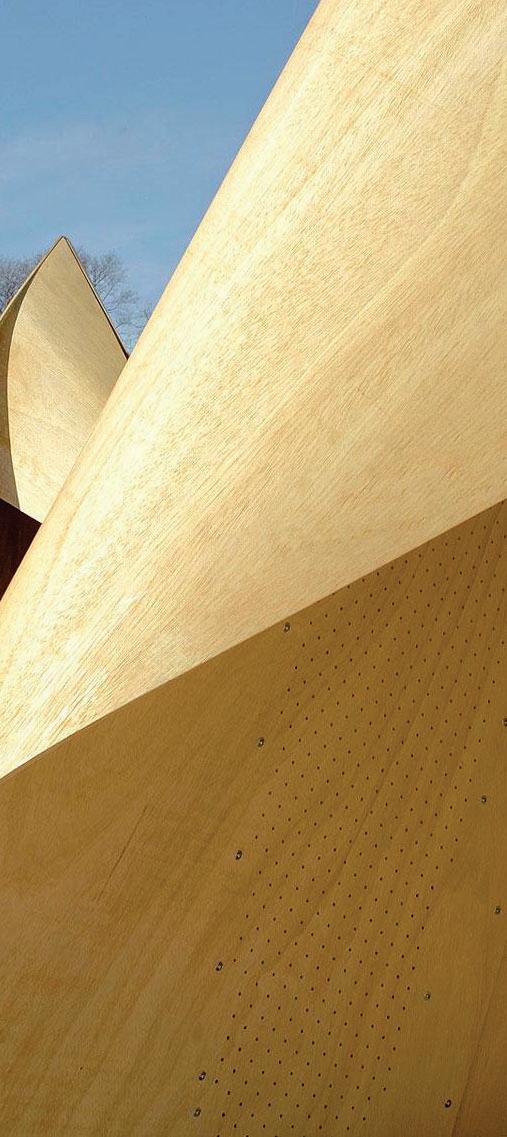
L
Materials Matter
Architexta
Bachelors & Masters Elective
Tutor: Gwyllim Jahn
Time: Tues 6-9pm & Fri 5-8pm
Location: 100.10.001
Intensive Weeks 1-6
Architexta is a design-build intensive elective Interested in the intersection of traditional decorative arts and generative AI. Architexta explores how existing building surfaces can be repurposed, resigned and redecorated and takes the position that we should build less and adapt more. What new tools, techniques, values and aesthetics might this require? To answer these questions we will explore existing practices of decorative arts, and countercultural movements of street and outsider art. We will then learn a set of generative AI tools for synthesizing these source materials into new graphic and architectural languages, and develop techniques for hallucinating systems of ornamentation that ‘fit’ perfectly with the forms on which they are to be applied. The elective is interested in developing workflows that allow digitally generated images to be applied to physical forms through the medium of mixed reality. We will focus on craft and the relationship between improvisation, skill and material in developing new approaches to architectural ornamentation applied by hand.
Outcomes
Students in the elective will work individually or in small groups to produce a catalogue of digital images and physical objects for exhibition. These small prototypes will be crafted by hand using art and craft tools (e.g. textas) following mixed reality guides on the HoloLens 2. Students will develop skills in preparing designs for mixed reality fabrication, implementing best practices, working within constraints of materials and tools, and digitizing physical objects for pattern application. Students will also learn how to constrain generative AI tools to the 3D form of physical objects to enable them to be re-projected and applied by hand, as well as to draw from a range of cultural, artistic and architectural precedent to design meaningful and evocative systems of ornamentation.
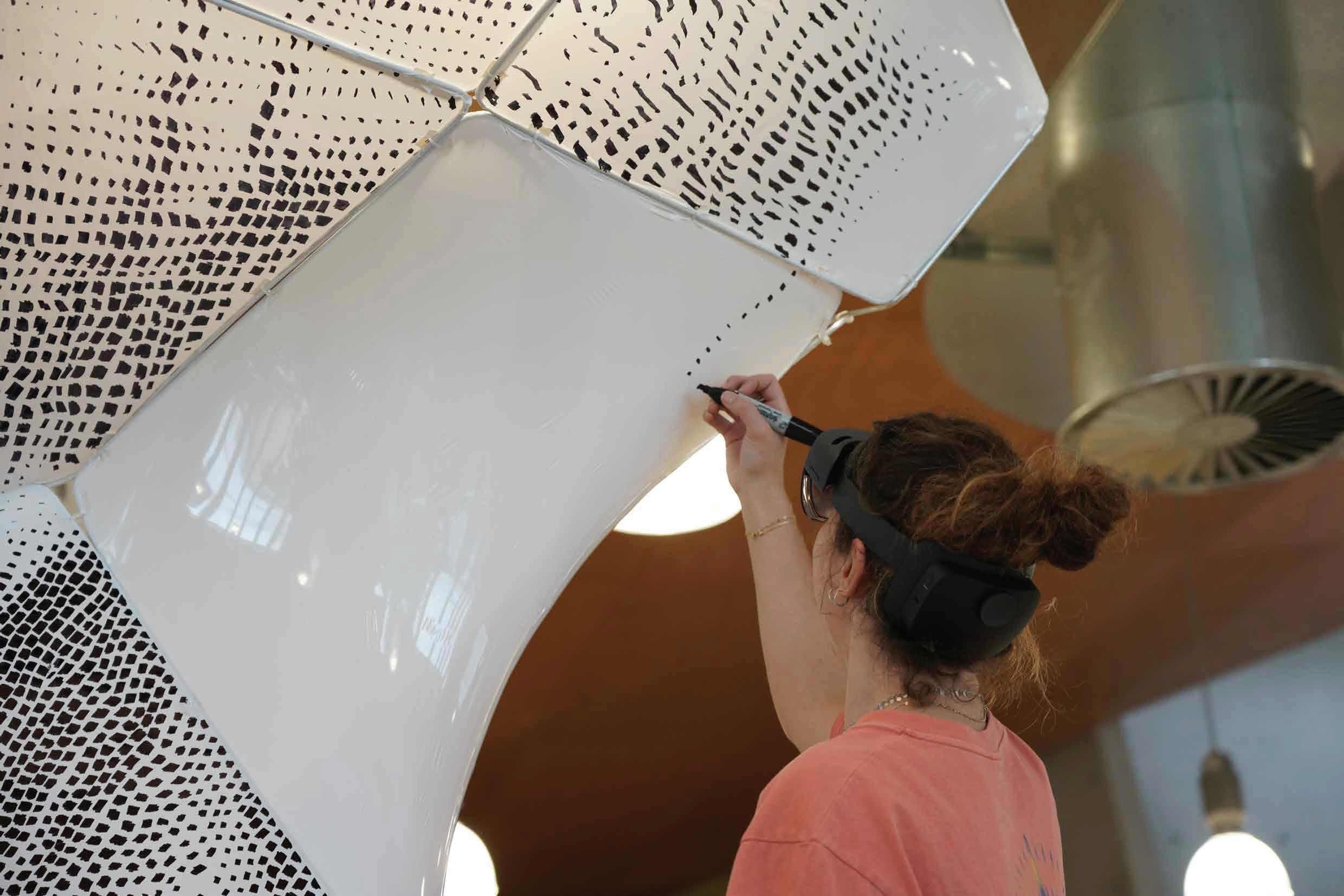
Prerequisites
The elective is well suited to students with existing fine art skills, or an interest in art and architectural history. No other skills or interests are required.
The decline of the technical detail
I’m interested in technical details.
They are a building’s signature (prototype): a unique expression (fetish) and a guarantee (risk).

But no two buildings are sealed the same way, meaning well-known and used technical details are in decline. -
Technical details require collaboration.
They are made from materials (handmade) but increasingly assembled from products (industrial). I’m interested in the difference.
Technical details reveal what we know about building components, their supply-chain and fabrication.
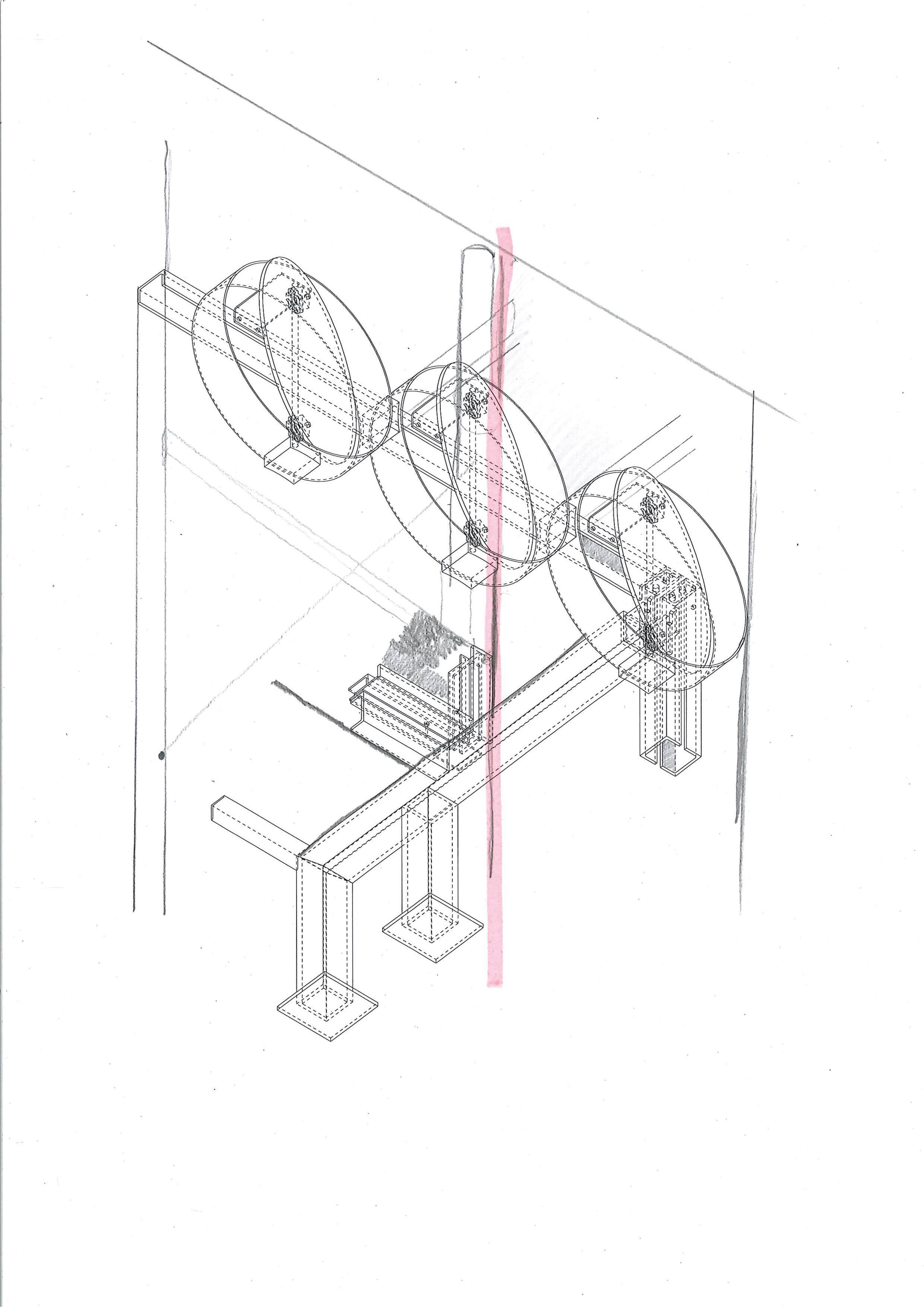
They also record change: how energy transfers through a building, the impacts of use and rates of decay.
This elective will use NMBW’s Garden Building (NAS) and Sean Godsell’s RMIT Design Hub (pictured) to explore the following subjects:
-Technical Drift
-Specification
-Proportion
-Sequence
-Joints
-Fragment or System
-Material Performance
-Energy Transfer
-Material Extraction
-Module
On Detail
Tom Muratore Wednesday 9:30 - 12:30 08.06.100
Sean Godsell, ‘The Problem of Scale’, Architectural Design, 2012, pg 116-121
Ornamental Operations

Elective Leader: Brent Allpress
Wednesday 9.30-12.30 am, Rm 100.4.7
“Cultural evolution is equivalent to the removal of ornament from articles of everyday use. ” – Adolf Loos
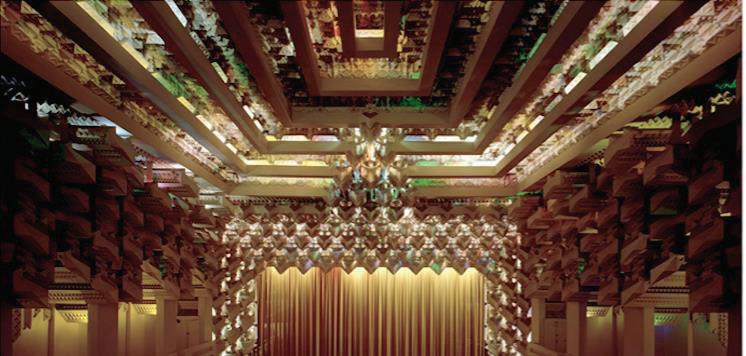
“The new decoration is orthopaedic” – Le Corbusier
“Featurism is not simply a decorative technique, it starts in concepts and extends upwards through the parts to the numerous trimmings. It may be defined as the subordination of the essential whole and the accentuation of selected separate features.” – Robin Boyd
“The anguish of the beautiful that shines through the fragility of ornament is atopian: displacing more than could any nudity.” – Franco Rella
Ornament haunts architectural discourse and practice. Theories of the ornamental within the canon cross and interrupt the central texts of the architectural tradition, both constructing and dividing them with unresolved uncertainties. Modernist theory negated the supplementary role of applied ornament. Modernist practices however involved radical ornamental operations employing abstract spatial surfaces as semiautonomous systems. The representational role of ornament in contemporary architecture remains complex and contested.

This elective provides a framework for investigating the complexities of the legacy of the Modernist prescription against the ornamental. It provides an opportunity to reconsider and revise postmodern accounts of the role of ornament. Recent non-standard digital technologies that revise modernist economies of standardization also shift the debate on the role of figuration beyond representation and communication towards architectural actions.
Critical readings will be made of key architectural texts on ornament. Modernist, postmodernist and contemporary precedent projects will be analysed involving questions of ornament The Elective will examine a thematic series of ornamental operations and actions including framing, masquerade, grotesquery, interlacing, prosthesis, negation, marginalia, backgrounding and mediatio n.
The late-Classical theorist Boethius argued the role of ornament was to mediate transitions in state from conditions of tension to resolution. Related counter-compositional strategies will be explored.
This is a design project and practices focused History and Theory Elective that integrates theoretical reading and critical discursive writing with representational analysis and speculative project based design studies.
This Elective provides a vehicle for research into significant architectural precedent and practices, provoking a critical and creative response that focuses on qualitative and performative design operations and outcomes.
RMIT University Architecture
Bachelor/Master Elective History and Theory Stream
Semester 2 2023
Thursdays 11am-2pm: B100.04.005
Richard Black
Rewilding Architecture

Overview


Writer Robert Macfarlane tells us that the ‘idea of the Anthropocene repeatedly strikes us dumb. In the complexity of its structures and the range of its scales within time and space – from nanometric to the planetary, from picoseconds to aeons – the Anthropocene confronts us with huge challenges. How to interpret, or even refer to it? Its energies are interactive, its properties emergent and its structures withdrawn. We find speaking of the Anthropocene, even speaking in the Anthropocene, difficult. It is, perhaps best imagined as an epoch of loss – of species, places and people – for which we are seeking a language of grief and, even harder to find, a language of hope’ (Macfarlane, Underland, p364). The reality of climate change has provoked a critical reflection on architecture and demands an urgent rethink of our relationship to nature, in all its forms, and for its status in the architectural profession. This elective explores these issues, and more: specifically, what are the implications for architecture and its design knowledges in an era of environmental collapse? Underlying this is a belief that design has a critical role to play, and that the essence of design knowledges and processes can assist in navigating a new relationship to nature whilst considering dramatic shifts of the traditional frameworks of what constitutes architecture. So then, what can architects do to promote a new, more radical, but still sympathetic, understanding of nature?
The syllabus is structured around a critical review of communities of practice within the field - across architecture and urbanism, and other related disciplines tracing lineages of ideas emerging over the past 30 years to the present – to make an assessment of the discourse. These include built and unbuilt works by artists, architects, landscape architects, as well as various forms of writing - a range of material that is broad and yet focussed, crossing disciplinary boundaries from ecology, urbanism, art and architecture, exploring ways in which an engagement with nature in its various forms is being reimagined as a response to the pressing issues of economic and environmental decline. Several years ago, architect and critic Alan Colquhoun summarised the contemporary situation: ‘Today the west is wealthy and promotes mass consumerism. Its aesthetics is based on extravagance and desire’ (Colquhoun AA Files 67, p146) - a thread running through this semester will be a critique of such excess and a questioning of architecture, its role and its design processes in these uncertain times – as well as a bringing into focus a greater awareness of a socially, ethically and politically aware creative practices: a new regime of care.
The seemster begins with a review of several recent (and not so recent) exhibitions and their curatorial themes:
Radical Nature - Art and Architecture for a Changing planet 1969-2009. Curator: Francesco Manacorda, Barbican Art Gallery, London.
Broken Nature: design takes on human survival, Milan XX11 Triennale, 2019. Curator: Paola Antonelli, Ala Tannir, Laura Maeram and Erica Petrillo.
Critical Care Architecture and Urbanism for a Broken Planet, Architekturzentrum Vienna 2019. Curator: Angelika Fitz and Elke Kransny
Repair Architecture actively engaging with the repair of the places it is part of. Australian Institute of Architects Australian Pavilion 2018. Curators: Baracco + Wright Architects in collaboration with Linda Tegg
Finding Country, curator Kevin Obrien (Venice 2012)
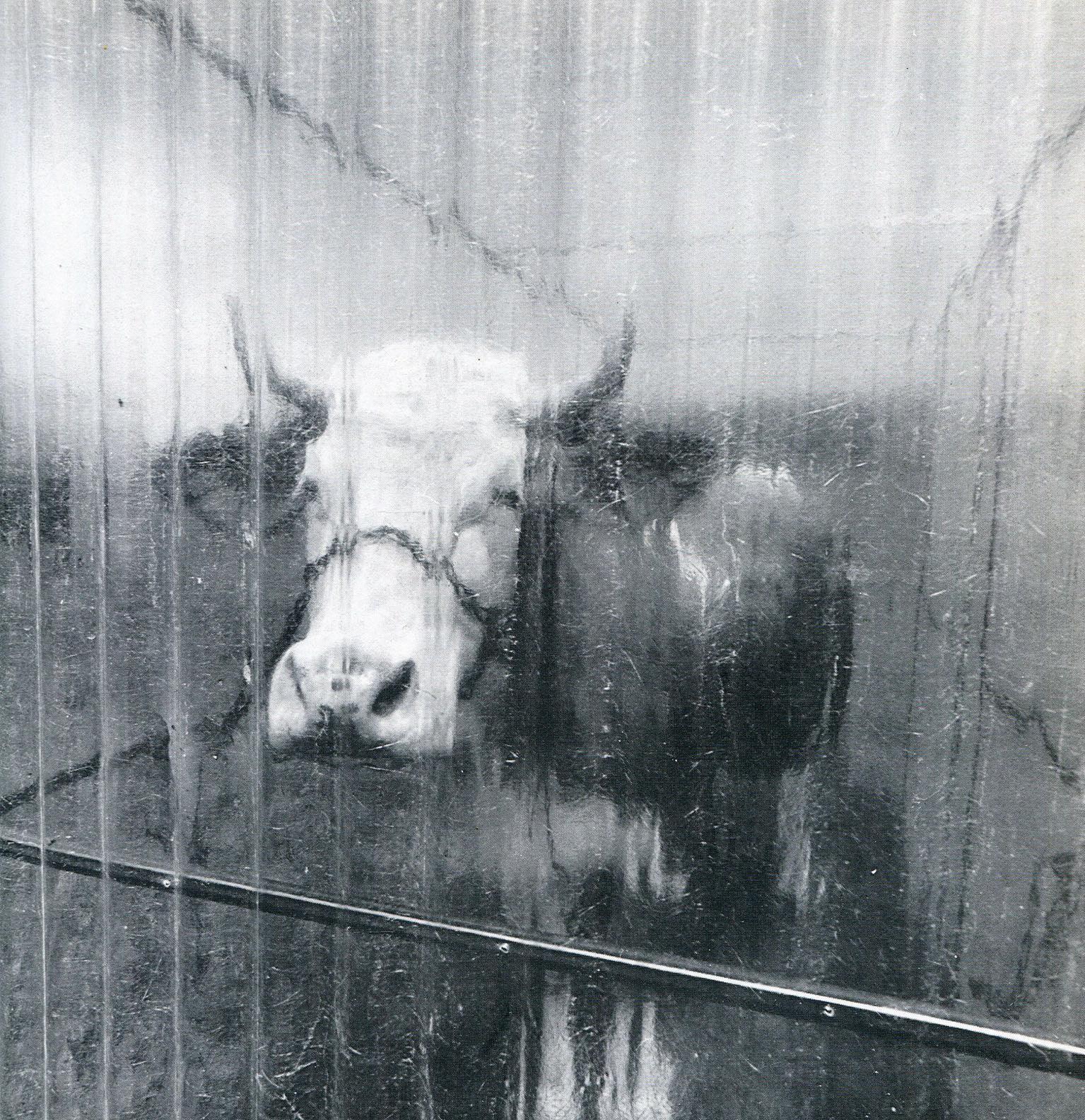
Semester structure/assessment tasks
Wks 1 - 6 Archive: beginning with the exhibitions above, and supported by additional key texts, films, documentaries, art works, architectural works, urbanism and reference material (available on the Rewilding Architecture Elective canvas shell) – this archive forms the base material for a structured review of selected discourses. What are the significant ideas, practices and projects? What are the key ideas and themes that can be drawn out of this pre-existing material? How can you navigate a new relationship between architecture and nature? Across the first six weeks, you will make 3 tutorial presentations (working in teams of 2).
Wks 7-12 Urban Nature Drawing + Text: having developed a working knowledge of the material explored in the Archive (weeks 1-6), make a speculative/propositional drawings and 1000-word text (mini-essay) expanding upon your understanding of the key issues explored in your tutorial presentations and research. As a mode of exploration, through mark making, lines, image and so forth, this drawing builds upon a tajectory of ideas around nature, culture, being.and the anthropocene. Your role changes from that of ‘critic’ (wks 1-6) to that of designer/artist –where you are required to make a series of drawings speculating upon ways of reading nature within the urban environment. Rather than understanding the city as built fabric your role will be to find and discover the hidden and unseen aspects of the city, the land underfoot, watersheds, from micro to macro scales, below and above ground, the weather, a habitat for living things, biodiversity, processes and ecologies within the city: a drawn study of urban nature. On Nature, both human and non-human what are the ways of representing this through drawing, image making? What are the new strategies for engaging the non-human? In particular, Jakob von Uexkull’s, ‘Umwelt – the environment that is perceptively available to each species, which he famously described as from the viewpoint of a sightless tick’. (Broken Nature p20) and ….’It’s about empathy and about the realization that we are all part of nature, not nature’s masters’ (broken nature p28).‘Nature has been aptly called the most complex word in our language’ (On the brink, surveying the contemporary sublime, Suzanne Ramljak, p11, Natural Wonders, The Sublime in Contemporary Art) (working in teams of 2 or individually)
Dr Richard Black is a registered architect, educator, author and Associate Professor with RMIT School of Architecture and Urban Design. His teaching, design practice and research activities explore overlaps and adjacencies between architecture, landscape and urbanism. With Anna Johnson he has co-authored several publications, most notably Living in the Landscape, Urban Sanctuary, Neeson Murcutt Neille: Setting Architecture, all by Thames and Hudson; and in 2017 they established an architectural practice based in Castlemaine. Richard’s mapping of the Murray River floods, fieldwork and associated design projects, have been acquired by the Centre for Art + Environment, Nevada Museum of Art, Reno, USA. Richard’s design projects have been nationally and internationally recognised through exhibition and publication. He obtained his B.Arch (first class honours) from Curtin University (WA) 1987 and completed post-graduate study (1991) under Sir Peter Cook at the Städelschule Art Academy, Frankfurt, Germany before ompleting an M.Arch (Research) (1998) and a PhD (2009) both at RMIT University.
FORMALHAUT Kuhprojekt, Vogelsberg, Hessen, 1986
How are the concepts of nature, our relationships to nature, being rethought through various exhibitions, texts and creative practices?
Centre & Edge
Two case studies in Melbourne's recent formation.
This elective sets out to understand how two quintessential Melbourne urban conditions came to be. By revealing their determinants, it will build a solid ground to establish where effective change may occur for these conditions to be different in the future.
This elective will take a structural approach: that is it will understand urban form as an interplay of spatial and material constraints, a set of regulations and processes that constrain what is permitted, and economic considerations that shape decision-making. Together, these lead to the material built outcomes we see in our cities. To the extent possible, we will try to focus on causal factors and quantitative descriptions rather than a qualitative appraisal or the description of effects.
The first condition will be a central, dense, predominantly residential condition, such as that bounded by a'Beckett, Elizabeth, Queen and Lonsdale streets. The second contrasting condition will describe Melbourne's expanding edge, where suburb meets paddock, again predominantly residential but of radically lower density and of very different built form. Say Tarneit, Wyndham Vale, Caroline Springs.

We will develop and deploy a series of research techniques to understand and reveal the urban forces at work. Some techniques will develop graphical tools to best represent quantitative information describing the city (think the a+t books on density and urban data maps). Other techniques will involve accessing Graphical Information Systems (GIS) and other available data sources (people interested in data and coding please apply!) A further tranche of research will involve finding and analysing the regulatory documents that determine what construction is permissible. (people interested in hunting down and analysing how the rules work, please join). All will involve close work to establish useful new knowledge from existing information.

The output of the elective will take the form of a chaptered book, with small groups of students authoring each chapter. Various guests will be invited to talk and contribute throughout the semester.
Semester 2, 2023
Wednesday 9:00-12:00am
Room 100.06.05
tutor: Paul Minifie
In this elective, we see the environment (built, natural or denatured) as inherently unstable and in a constant state of flux. This is most visible when a boundary or a border emerges. We will look for these linear structures, or LONG THINGS etc, and ask the following questions:
How do borders conditions come to be?
How are they structured?
What are their effects on their territories, and the life it supports?
We will research various examples of Long Things and their effects, and create an animation to describe your observations using architectural drawings and using After Effects and Premier Pro. No prior knowlege of animation required.
WALLS (ie The Mexican Border, Northern Ireland Peace Lines, Dingo Fence Australia)

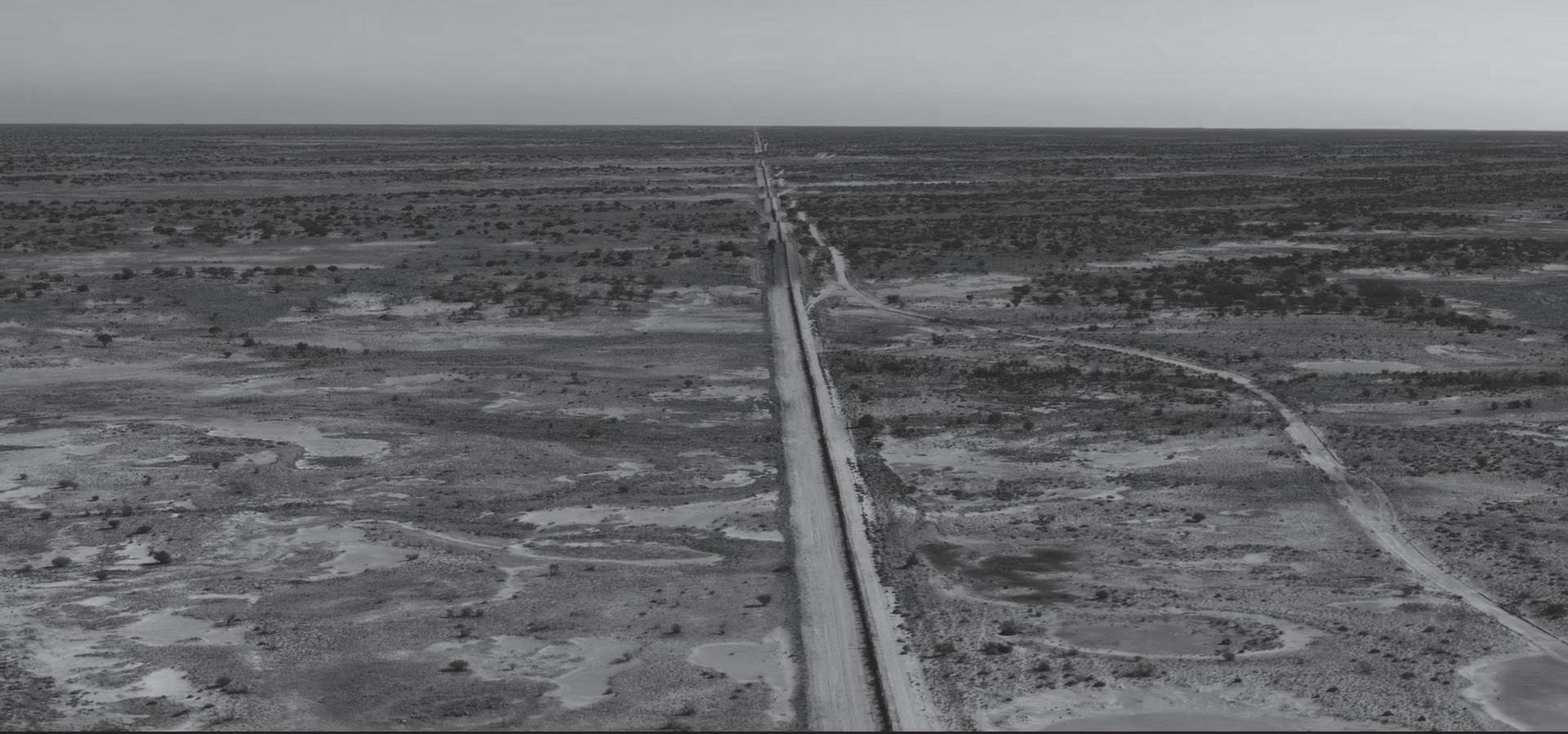
PATHWAYS (ie Large Hadron Collider, Rideau Skateway Ottawa, HIgh Line NYC, Waterways)

You will be assessed on a series of tasks that include written research and visual documentation of precedent drawings and chosen phenomenon, storyboarding and editing exercises, and 2 animations. You will be working independently, although group work can be negotiated.
WEEK 1 TASK 1 Precedent Drawing Research and Animated Drawing Storyboard (ie. Gandelsonas, Archizoom, Perry Kulper, James Corner)
WEEK 2 Evening class Tuesday July 25th 6pm - PC LAB Aftereffects workshop ran by Quan Tran
WEEK 3 –6 TASK 2 Animation of Precedent Drawing
WEEK 7 TASK 3 Research and Storyboard for chosen LONG THING etc.
WEEK 8 Mid Semester Presentation
WEEK 9 –11 TASK 4 Long Thing animation and presentation
WEEK 12 Final Presentation and Folio and Exhibition preparation
LONG THINGS etc with Vicky Lam
BACHELOR AND MASTERS ELECTIVE: 2023 SEM 2 TUE 2:30 PM AT DESIGN HUB 100.05.005 (WEEK 2 EVENING CLASS- JULY 25 AFTEREFFECTS WORKSHOP AT 6PM LOCATION TBC)
URBAN HEALTHSCAPES
BETWEEN ARCHITECTURAL LABYRINTHS AND MEDICAL ENCLAVES
CITIES HAVE SYMBOLISED DISEASE AND HEALTH, CARE, THERAPY, AND MEDICAL TREATMENT HAVE REPRESENTED CITIES ‐ FOR MANY CENTURIES. FROM SANITATION, ZONING, THE AESTHETICS OF MODERNITY TO THE ADVENT OF MEDICAL PRECINCTS, SOCIAL DISTANCING, AND LOCKDOWNS… AND FROM PESTILENCE TO ARCADIAN IMPULSES – CITIES AND TOWNS HAVE ABSORBED ALL MANNER OF MEDICAL AND SCIENTIFIC PERSPECTIVES, COUPLED WITH POLITICAL AND SOCIAL IMPROVEMENT, SEEN AS ENACTED AGAINST ILL HEALTH AND DISEASE. DISCOURSES OF MEDICAL SCIENCE HAVE HAD A TRANSFORMATIVE EFFECT ON THE STRUCTURE, BEHAVIOUR, AND DEPICTION OF THE CITY.
THE CONTEMPORARY CITY COALESCES AROUND PRECINCTS OF SPECIALISED AND AUTONOMOUS ACTIVITY LIKE MEDICAL PRECINCTS AND SPECIALISED CAMPUSES. EXPONENTIAL AND ACCELERATED ADVANCES IN MEDICAL SCIENCE, HAVE OFTEN BEEN MET BY AN OBSOLESCENT ARCHITECTURE RESPONSE. WITH CHANGING PARADIGMS FOR HEALTH, (DECENTRALISATION, TELEHEALTH ETC.) WHAT WILL THE CITIES RELATIONSHIP TO EMERGENT AND IMMINENT MODELS OF HEALTHCARE BE?
THIS ELECTIVE WILL RESEARCH THE RELATIONSHIP BETWEEN MEDICAL INSTITUTIONS AND CITIES THROUGH ENGAGING WITH ITS BUILT FABRIC AND URBAN FORM, AND ITS CONSEQUENT AGENCY ON THE PLANNING AND THE DESIGN OF THE CITY. THE ARCHITECTURE OF THE CITY ITSELF IS SELDOM MOBILISED AS MECHANISMS AND INSTRUMENTS OF HEALTH. RESEARCH AND PROJECTS SEEK TO UNDERSTAND AND SPECULATE ABOUT THE EVOLUTION OF THIS NEXUS AND HOW A NASCENT TRANSFORMATION IN BOTH HEALTHCARE AND MODELS OF URBANISM MIGHT SHAPE THE FUTURE CITY.
AS OMA SURMISES, ‘THE HOSPITAL OF THE FUTURE IS A PLACE YOU WILL NEVER GO’. IF AT ALL, THIS IS PROBABLE, WHERE THEN DOES THAT LEAVE THE CITY?

IAN NAZARETH | SEMESTER 2 2023 | TUESDAYS 9.00AM - 12.00PM | 100.04.007
18TH VENICE ARCHITECTURE BIENNALE CITYX VENICE VIRTUAL PAVILION
VISUALISING THE VIRTUAL CONCOURSE
TOM KOVAC
MICHELE PASCA DI MAGLIANO
RESEARCH ASSISTANTS
JOANNE QIU
SAMMY KUDRET
DAVID ZVEDENIUK
TONY LE
WEEK 01 - 06
MONDAY (WORKSHOP)
TIMES PLANNED WITH EACH GROUP
THURSDAY (PRESENTATION)
6:30pm-9:30pm (100.06.002)
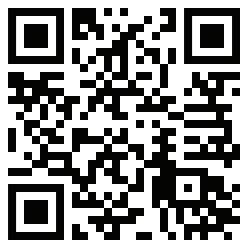
MASTER OF ARCHITECTURE
RESEARCH PARTNERS
ZHA
BARTLETT UCL
VISUALISING THE VIRTUAL CONCOURSE RMIT UNIVERSITY, ZHA, BARTLETT UCL
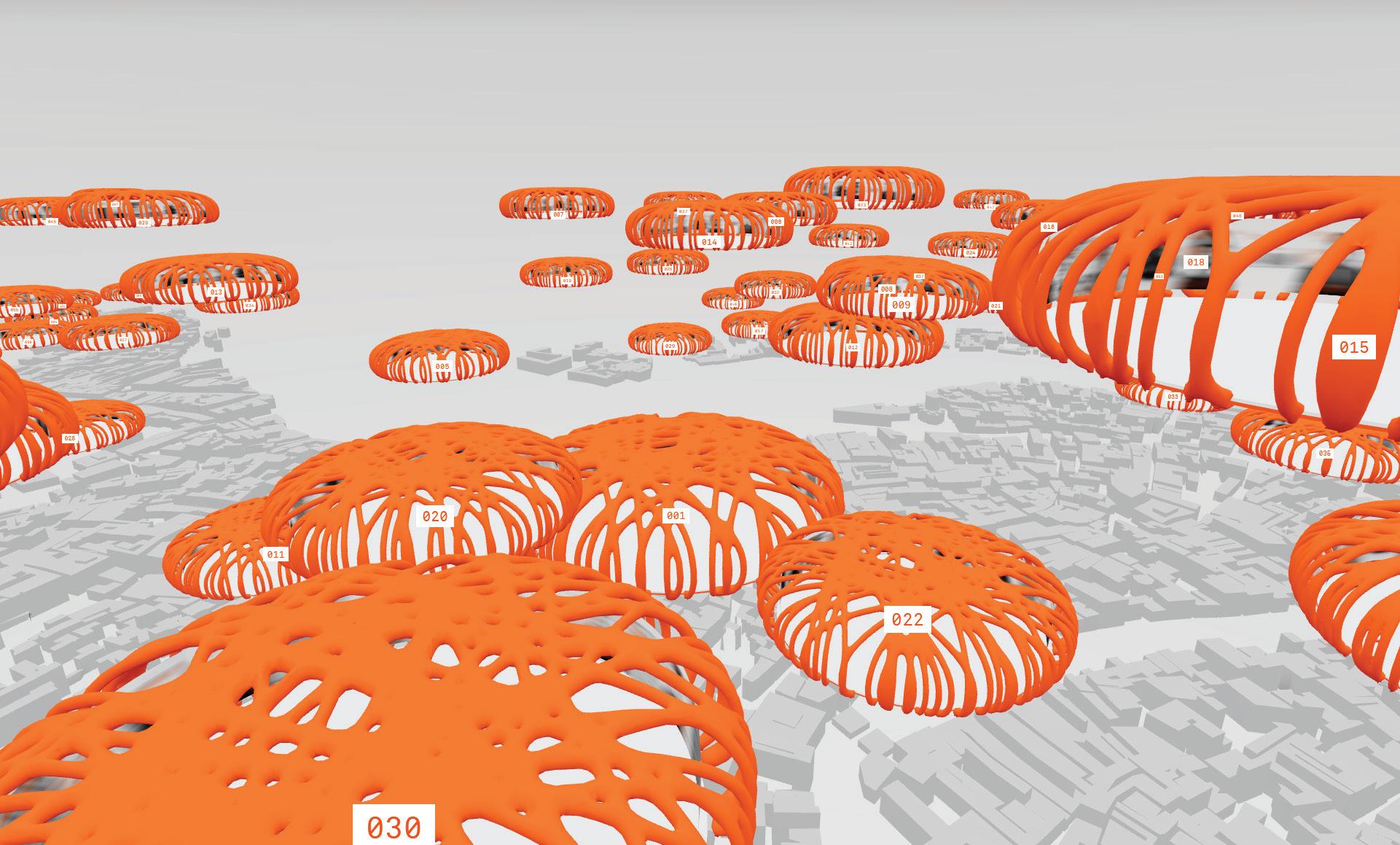
TOM KOVAC MICHELE PASCA DI MAGLIANO MARJAN COLLETTI JAVIER RUIZ RODRIGUEZ JOANNE QIU SAMMY KUDRET DAVID ZVEDENIUK TONY LE
THE VVC IS A VIRTUAL ENVIRONMENT THAT CAN BE VIEWED IN A WEB BROWSER. VVC TEAMS ARE CURRENTLY DEVELOPING THE NEXT STAGE OF THE VENICE VIRTUAL PAVILION, RESEARCHING A NEW SPATIAL ENVIRONMENT FOR THE 18TH VENICE ARCHITECTURE BIENNALE IN 2023. THE AIM IS TO CREATE AN ENVIRONMENT RICH IN SENSORY AND SPATIAL INFORMATION, ENABLING ENGAGEMENT WITH GENERATIVE TOOLS AND TECHNOLOGIES TO EVOLVE AN EMERGENT METAVERSE DIGITAL EXHIBITION ENVIRONMENT FOR INTERACTING WITH CREATIVE WORKS. THE VVC (VISUALIZING THE VIRTUAL CONCOURSE) VENICE VIRTUAL PAVILION PROJECT IS AN ONGOING RESEARCH EFFORT WITHIN THE FRAMEWORK OF THE VENICE ARCHITECTURE•BIENNALE. IT FOCUSES ON RESEARCHING SPATIAL INTELLIGENCE AND ENABLING FUTURE DIRECTIONS IN SCALABLE ENVIRONMENTS FOR SHARING AND CONNECTING WITHIN A VIRTUAL WORLD. THE CURRENT PLATFORM HOSTS THE 18TH VENICE ARCHITECTURE BIENNALE VENICE VIRTUAL PAVILION, DESIGNED FOR VIEWING EXHIBITORS' PROJECTS AND THEIR LINKS TO SOCIAL MEDIA PLATFORMS AS A STAGE ONE METAVERSE EXPERIENCE. THE GOAL IS TO CONTINUOUSLY ADD NEW UTILITIES THROUGH AN ITERATIVE PROCESS. VIRTUAL ENVIRONMENTS, WHEN SUPPORTED BY A SPATIALLY UNIFYING CONCEPT, OFFER THE POSSIBILITY THAT LEARNING COMMUNITIES IN THE DIGITAL CITY CAN BE BOTH MORE DECENTRALIZED AND MORE INTENSELY RELATED THAN EVER BEFORE.
STUDENTS WILL EXPLORE THE VARIOUS USER EXPERIENCE POTENTIALS OF THE METAVERSE AND DEVELOP THEIR OWN USING UNREAL ENGINE. STUDENTS WILL UNDERTAKE A SERIES OF RESEARCH TASKS IN DIFFERENT TOPICS USING THE DATA TO DRIVE THEIR DESIGNS AND EXPERIENCES. WORKSHOPS WILL BE RUN ON MONDAYS TO TEACH STUDENTS UNREAL ENGINE FOLLOWED BY PRESENTATION OF RESEARCH FINDINGS AND METAVERSE DEVELOPMENTS ON THURSDAYS. 051
VVP .
ARCHITECTURE
DESIGN ELECTIVES WITH MASTER OF URBAN DESIGN
ECO URBAN PRACTICES
AFTER CARBON2
GRAHAM CRIST AND IAN NAZARETH WEDNESDAY(S) 2-5PM, 100.04.003
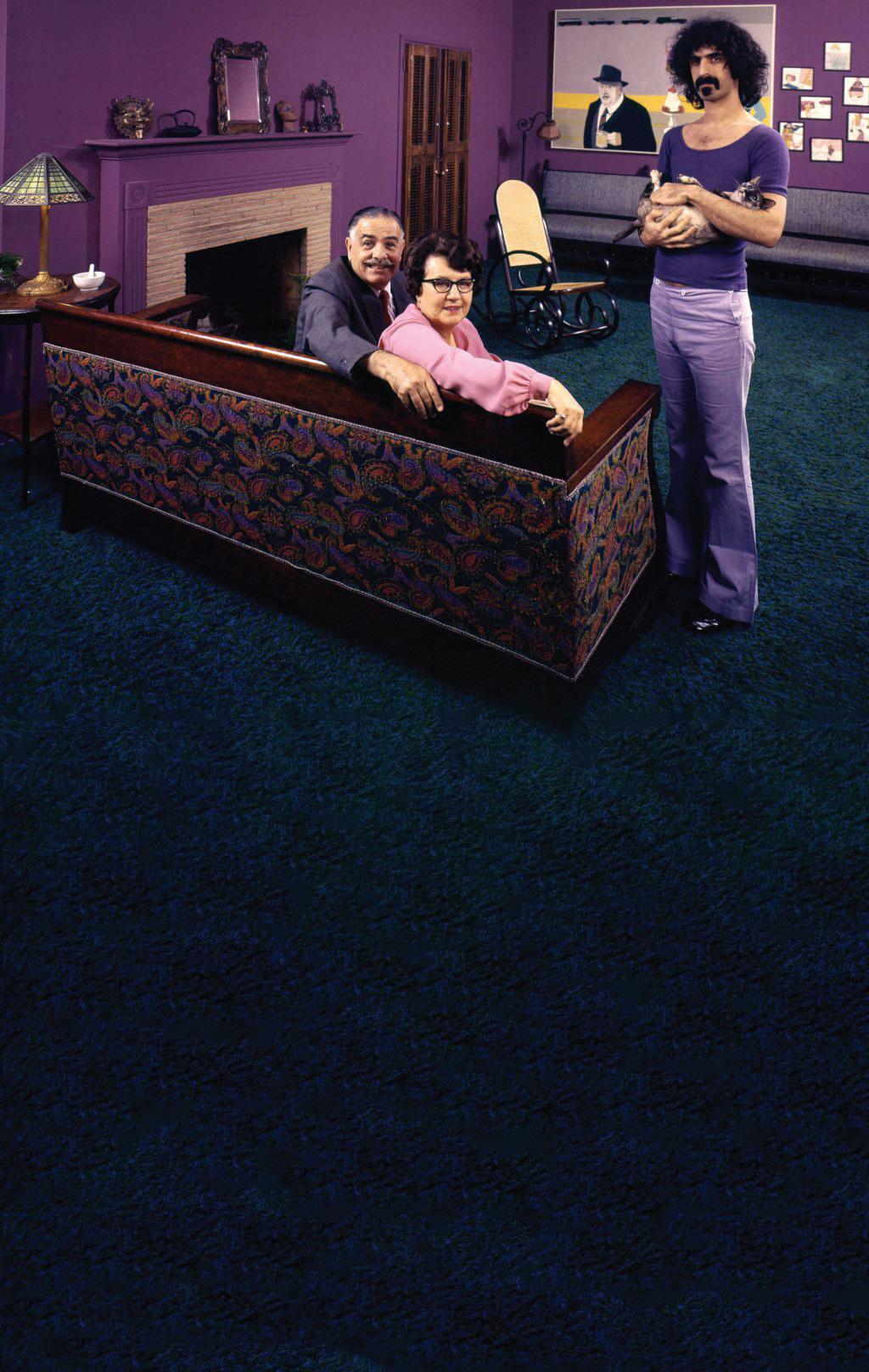
The disciplines of architecture and urban design are confronted with energy, resource, and material scarcity. Buildings and cities are to be recognised within cycles of extraction, production, distribution, consumption and reuse and emissions. While certain aspects like carbon footprint are quantifiable, others are more abstract. Carbon and ‘Carbon Capitalism’ has been a dominant variable in the development of cities and patterns of settlement. ‘Carbon Form’ extends beyond urban and architectural types and energy flows. It dictates and defines how global logistics, supply chains, food and energy networks and cultural artefacts proliferate.
AFTER CARBON considers the relationship between urban form and the environment. It is concerned with the re-forming and re-organisation of cities in response to shifting energy paradigms – from fossil fuels to renewable energy and its impact on the sprawling metropolitan region, where issues of equity, car-dependency, mobility, amenity, and connectivity are acute.
The research and projects will consider narratives, statistics, metrics, programs, and typologiesexploring the discourse of consumption, sustainability, renewable energy, material cycles from the perspective of the individual to the collective, and at the scale of the dwelling, the block, the precinct and the suburb. In particular, projects will seek to understand the possibilities for inner suburban and urban fringes as sites and scenarios to explore transitions and radical transformations within paradigms of decentralisation and localisation.
We will take the AFTER CARBON questions and apply them to the suburban house. Looking at the city with the house as a starting point – we can think of that slice of land, the house infrastructure, and the journeys to and from the house. Can we think of the low-density neighbourhood in post carbon terms? Can we grow food there? Can we house more people there? Can we use technology to travel less? That is can we redesign our sprawling metropolis from the home up?
The seminar is focussed on the nexus between architecture, urbanism, the organisation of cities and its staged liberation from carbon. We seek to better understand new energy and the new possibilities for production and spatial organisation, that challenge the orthodoxies of cities, suburbs, precincts, and architecture. We will review, analyse and speculate on the temporary and permanent transformation of the city and urban realm.
Image: Frank Zappa in his Los Angeles home with his dad, Francis, his mom, Rosemarie, and his cat in 1970.
Credit: John Olson/Life Pictures/Shutterstock
ELECTIVE BASED RESEARCH ASSISTANTS
(EBRA) POSTERS
There are a limited number of Elective Based Research Assistant (EBRA) Positions available - for which you do not need to ballot via the ballot form - refer to the poster, and contact the relevant tutor to lodge an expression of interest.
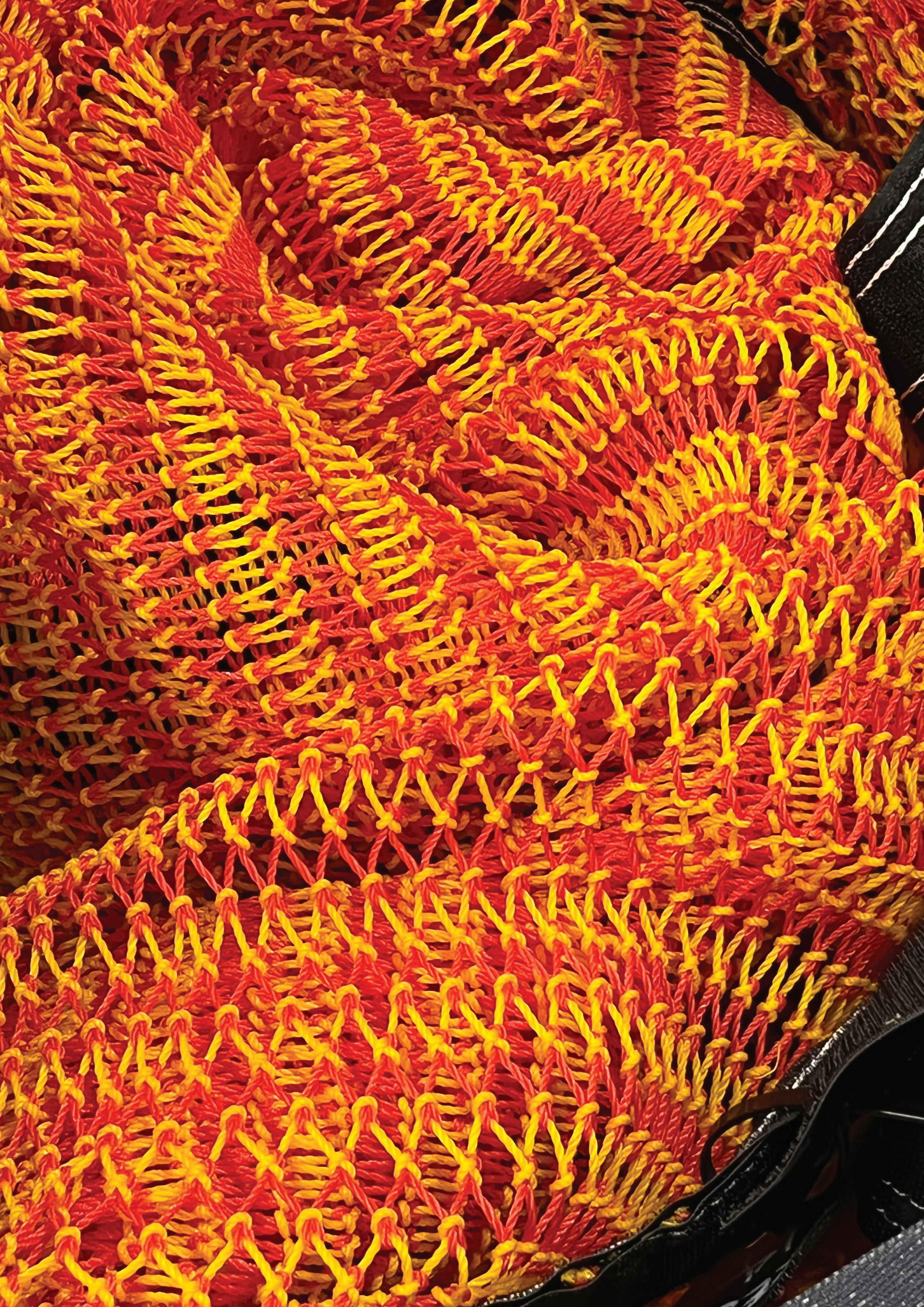












18TH VENICE ARCHITECTURE BIENNALE CITYX VENICE VIRTUAL PAVILION

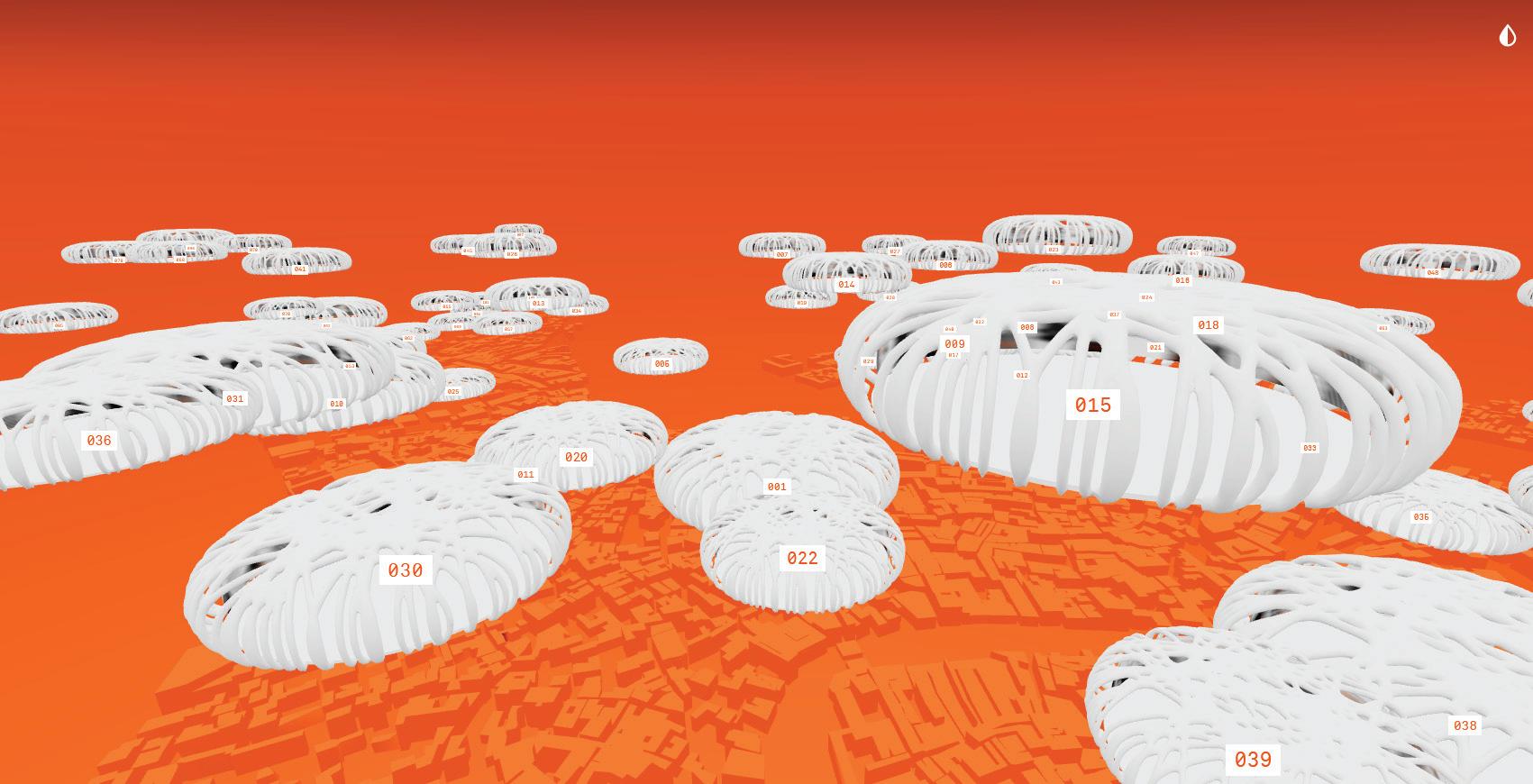
VISUALISING THE VIRTUAL CONCOURSE
TOM KOVAC
MICHELE PASCA DI MAGLIANO
RESEARCH ASSISTANTS
JOANNE QIU
SAMMY KUDRET
DAVID ZVEDENIUK
TONY LE
WEEK 01 - 12
ONCE A WEEK (TBC)
MASTER OF ARCHITECTURE
RESEARCH PARTNERS
ZHA
BARTLETT UCL
RESEARCH ASSISTANTS
THE VVC IS A 3D VIRTUAL ENVIRONMENT ACCESSIBLE THROUGH A WEB BROWSER. RESEARCH ASSISTANTS FOR THE VVC ARE CURRENTLY WORKING ON DEVELOPING THE CATALOG PUBLICATION OF THE VENICE VIRTUAL PAVILION. THIS CATALOG WILL BE LAUNCHED AS PART OF THE 18TH VENICE ARCHITECTURE BIENNALE IN 2023, ALLOWING ENGAGEMENT WITH CREATIVE WORKS WITHIN THE VIRTUAL PLATFORM EXHIBITION. THE WC (VISUALIZING THE VIRTUAL CONCOURSE) PROJECT, WHICH IS ONGOING RESEARCH WITHIN THE FRAMEWORK OF THE VENICE ARCHITECTURE BIENNALE, EXPLORES SPATIAL ENVIRONMENTS THAT ENABLE FUTURE SHARING AND CONNECTION IN A VIRTUAL WORLD. TO REGISTER AS A RESEARCH ASSISTANT, PLEASE EMAIL TOM KOVAC AT TOM.KOVAC@MIT.EDU.AU. 051
VVP .
TOM KOVAC MICHELE PASCA DI MAGLIANO MARJAN COLLETTI JAVIER RUIZ RODRIGUEZ JOANNE QIU SAMMY KUDRET DAVID ZVEDENIUK TONY LE
VISUALISING THE VIRTUAL CONCOURSE RMIT UNIVERSITY, ZHA, BARTLETT UCL
Research Assistants Needed
Approximately 4 research assistants are required to work on two book publications exploring production urbanism in cities.
The first book is House, Precinct, Territory: Design Strategies for the Productive City. This book is co-authored between RMIT, UQ, UTS and partners in Seoul and explores a series of projects experimenting with how manufacturing and production can be accomodated in cities of varying density. For this book students will assist in the finalisation of indesign spreads, graphic design tasks, drawing adjustment, diagram production etc.
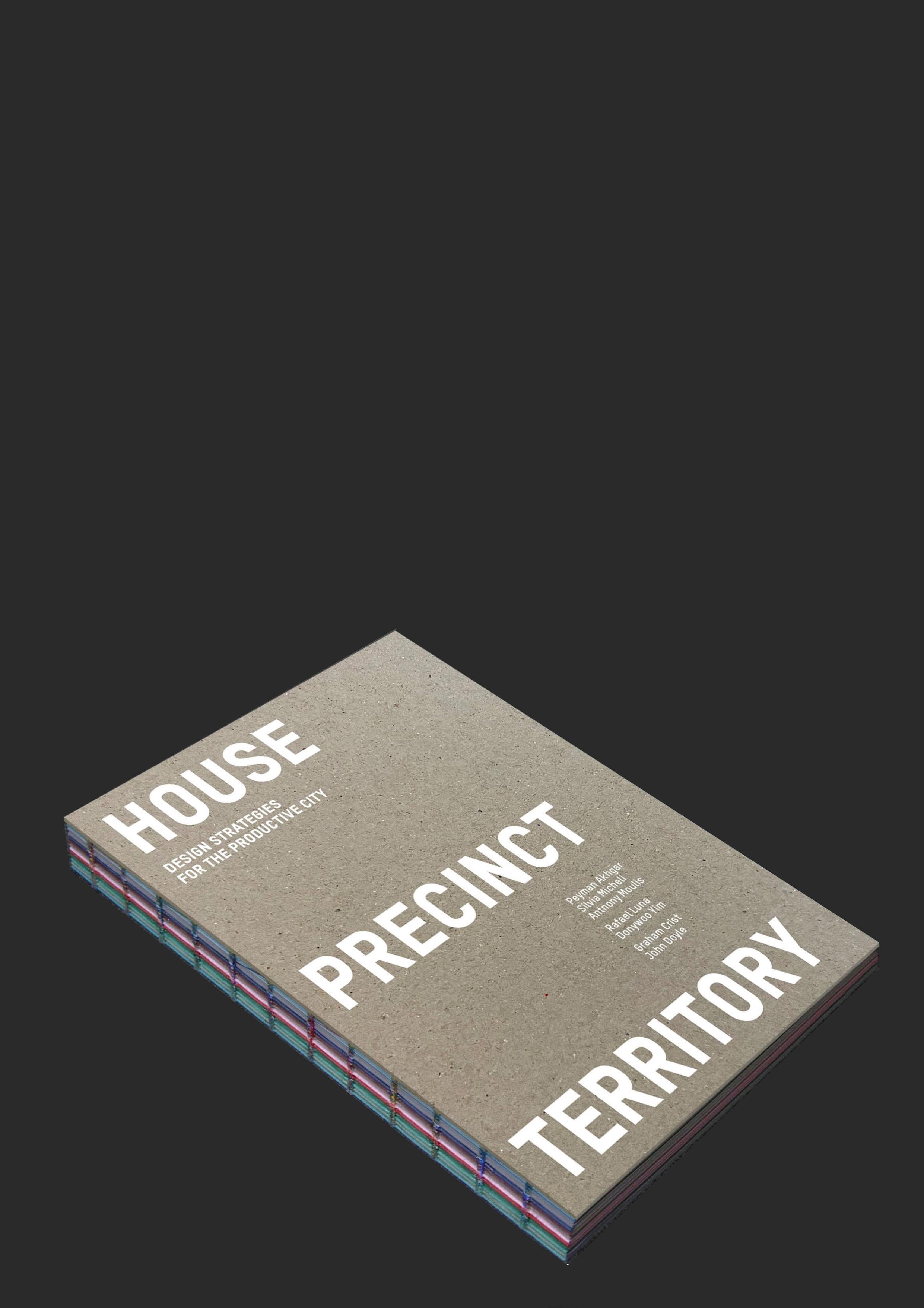
The second publication is a chapter in a book exploring production urbanism futures for the city of Daegu in South Korea. For this students will be required to redraw, remodel or reformat drawings produced by students in the 2023 MUD MARCH Asia studio, as well as produce new diagrams, undertake layout and minor graphic design tasks.
Both projects will require strong indesign skills, along with skills in graphics, modelling, drawing etc.
Students involved will be credited in the publications.
The semester schedule will be front loaded, with most of the work occurring from July to early Setember. Students involved will need to work intensively during this period, but the remainder of the semester will be light or free.
The project will be led by John Doyle & Graham Crist
These positions will not be listed on the electives balloting form. If you are interested in joining the team please email john. doyle@rmit.edu.au and/or graham.crist@rmit.edu.au
The Immersive Futures Lab explores and develops the potentials of gaming technologies and allied immersive media for architectural design, new processes, representation, pedagogy, and future practice. We posit that to understand possible now, near, futures, require new hybrid methods of making, curating, engaging and imagining of our cultural and built environments.
This elective requires up to four self-motivated student research assistants to assist in developing four wandering/gaming immersive experiences to participate in future design festivals and exhibitions. This research and development will heavily involve the use of Unreal Engine 5.1+. Laptop required with Unreal Engine 5.1+ minimum hardware requirements. Students will be required to complete a Student Participation Agreement form. All research work will be undertaken within the lab on level 9-RMIT Design Hub. Regular meetings and times to be negotiated between the collective. This is not a balloted elective. If you are interested, please email Patrick Macasaet directly with why you are interestedpatrick.macasaet@rmit.edu.au
Elective Based Research Assistance (EBRA) Patrick Macasaet patrick.macasaet@rmit.edu.au
Background Image: Game development screenshot for ‘Future Naarm: Mists and Shadows’ immersive experience as part of the Federation Square Experience Lab grant.
Immersive Futures Lab

GRADUATE EXHIBITION ASSISTANTS
SEMESTER 2 2023
The Architecture Program requires 6 enthusiastic assistants to help with the organisation of the Semester 2 2023 End of Semester and Major Project Exhibition. You will work closely with the Exhibition Coordinator in the design and curation of the exhibition, graphic design of posters and PR materials, website, Major Project Catalogue and other items that go to make a succesful event.

The majority of the work will be in the second half of semester, but you will be required to assist with organisation throughout the semester. There will be a crunch period in the week prior to the event, please confirm your availability over Week 13, Week 15, Week 16 and that you can attend campus for on-site orgnisation prior to enrolling in the elective.
The team is limited to 6 people only. You will receive credit towards an elective for your time. This is not available through electives balloting. If you are interested please contact the Exhibition Co-ordinator Ian Nazareth (ian.nazareth@rmit.edu.au) directly




































